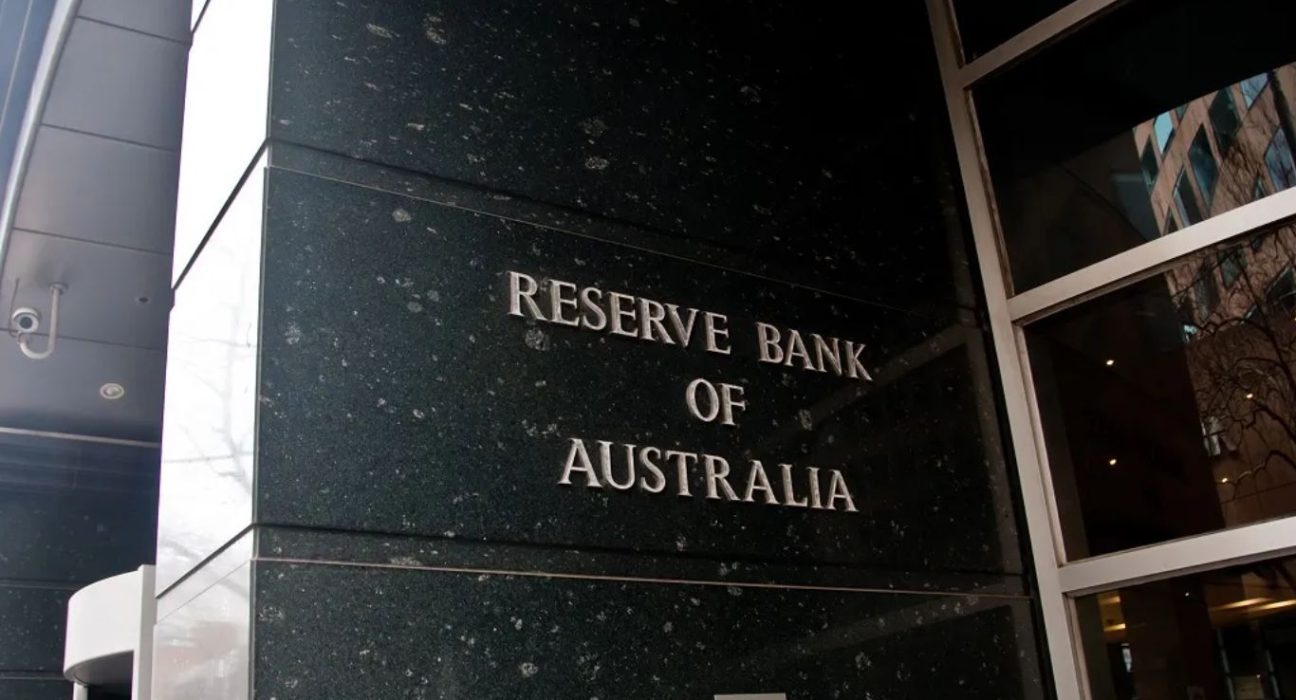Introduction
The Reserve Bank of Australia (RBA) is poised to make another move in its ongoing battle against soaring inflation as a slim majority of economists in a Reuters poll predict a quarter percentage point interest rate hike on Tuesday. With inflation still running well above the target, the RBA has already raised rates by a total of 400 basis points since May 2022. However, with the last quarter’s inflation rate at a staggering 6.0%, double the upper end of the 2-3% target range, the central bank finds itself in a challenging situation. This article delves into the factors behind the decision, the potential implications for the Australian economy, and the outlook for the rest of the year.
Inflationary Pressures Persist Amid Record Low Unemployment
Despite the RBA’s efforts to curb inflation through successive rate hikes, the persistently high inflation rate has been a cause for concern. The Australian economy is currently grappling with various inflationary pressures, including surging energy and commodity prices, supply chain disruptions, and increased consumer demand as the country recovers from the pandemic-induced recession. These factors have combined to keep inflation well above the central bank’s target range.
RBA’s Gradual Approach to Tackling Inflation
The RBA’s decision to opt for a gradual approach in raising interest rates reflects its cautious stance towards managing inflation. With the Australian economy showing signs of recovery, albeit unevenly, the central bank aims to strike a balance between curbing inflationary pressures and avoiding potential adverse impacts on economic growth. The 400-basis-point increase in rates since May 2022 demonstrates the RBA’s commitment to tackling inflation head-on while remaining mindful of the broader economic landscape.
Housing Market Boom and Its Impact on Monetary Policy
Australia’s housing market, notorious for being one of the world’s most expensive, has witnessed a remarkable rebound amid the economic recovery. The surge in house prices has put additional pressure on the RBA to raise borrowing costs to cool down the property market. As the real estate sector plays a vital role in driving consumer spending and overall economic sentiment, the central bank must carefully manage the delicate balance between curbing speculative activities in the housing market and sustaining economic growth.
Economists Advise a Restraint for the Remainder of the Year
While a majority of economists expect an imminent interest rate hike, they are also forecasting a pause in further rate increases for the rest of the year. This restrained approach comes as the RBA monitors the impact of its previous rate hikes on inflation and the broader economy. Should inflationary pressures begin to ease and the economic recovery become more stable, the central bank might choose to adopt a wait-and-see approach before taking any further monetary policy actions.
Market and Business Community Reactions
The business community and financial markets are closely observing the RBA’s moves, with various sectors reacting differently to the potential interest rate hike. While some businesses, particularly those in sectors sensitive to borrowing costs, express concerns over higher expenses and potential impacts on investment decisions, others welcome the move as a means to address inflationary risks and maintain economic stability. Financial markets are likely to show volatility in the short term as investors adjust to the evolving monetary policy landscape.
Global Economic Context and External Risks
As the RBA navigates its monetary policy course, it remains mindful of global economic developments that may influence the Australian economy. The ongoing trade tensions between major economies, geopolitical uncertainties, and the trajectory of the global recovery from the pandemic all pose external risks that can have implications for Australia’s economic outlook. The central bank’s decisions must factor in these external variables to safeguard the country’s economic interests.
Conclusion
The Reserve Bank of Australia’s decision to hike interest rates by a quarter percentage point is a significant move aimed at reining in surging inflation. Despite raising rates by a total of 400 basis points since May 2022, inflation remains stubbornly high, double the upper end of the target range. The Australian economy’s recovery, the rebound in the housing market, and external risks all play a pivotal role in shaping the RBA’s monetary policy approach. While economists predict a pause in further rate hikes for the rest of the year, the central bank must continue to carefully monitor economic indicators and inflationary pressures to steer the country’s economy on a sustainable path.










